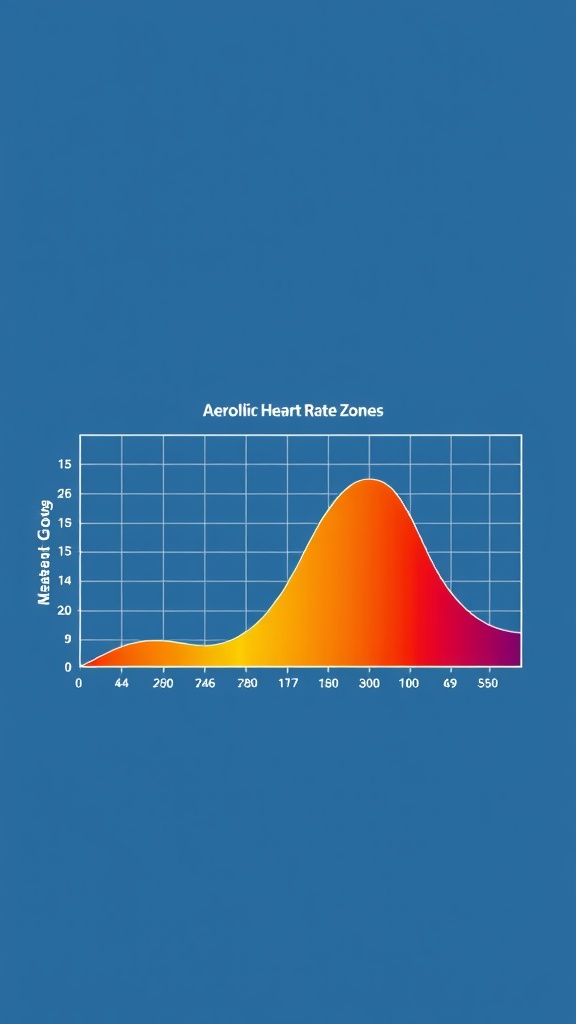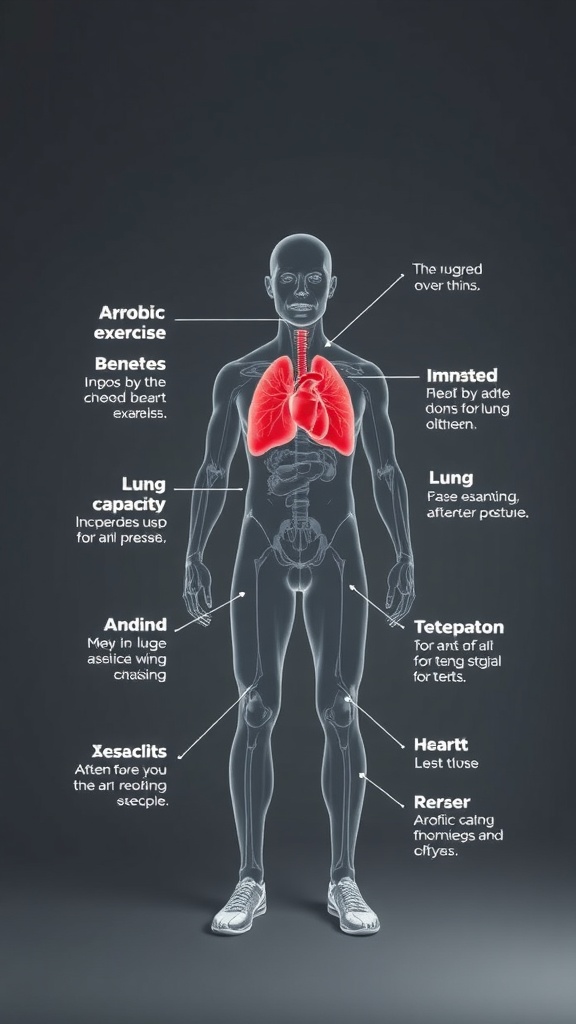10 Key Differences Between Aerobic and Anaerobic Heart Rates
Aerobic and anaerobic heart rates play a crucial role in how we train and improve our fitness levels. Understanding the difference between these two zones can help you optimize your workouts, whether you're aiming for endurance or building strength. Let's dive into what these heart rate zones mean and how they impact your exercise routine.
Benefits of Anaerobic Conditioning for Strength

Anaerobic conditioning is a fantastic way to build strength and muscle. It focuses on short bursts of intense effort, which can lead to greater muscle gains. Plus, it boosts your metabolism, helping you burn calories even after your workout.
Defining Anaerobic Heart Rate Threshold

The anaerobic heart rate threshold is the point during exercise when your body switches from using oxygen for energy to relying on stored energy sources. At this stage, you might feel more fatigued and your breathing quickens. It's important to know this threshold to help improve your overall fitness and performance.
Measuring Heart Rate During Anaerobic Activities

Physiological Effects of Anaerobic Exercise

Understanding Aerobic Heart Rate Zones

Benefits of Aerobic Conditioning for Endurance

Aerobic conditioning is key for building endurance. It helps your heart pump more efficiently, letting you run longer without feeling wiped out. Plus, it can improve your overall energy levels, making daily activities feel easier.
Measuring Heart Rate During Aerobic Activities

When you're out for a run or on a bike ride, keeping track of your heart rate can be super helpful. It shows how hard your body is working and helps you stay in the aerobic zone, which is great for building endurance. Plus, knowing your heart rate can help you adjust your pace to get the most out of your workout.
Physiological Effects of Aerobic Exercise

Aerobic exercise is all about getting your heart pumping and improving your lung capacity. When you engage in activities like running or cycling, your body uses oxygen efficiently, which boosts your endurance. Over time, this can lead to a healthier heart and improved overall fitness.
Comparative Analysis of Aerobic and Anaerobic Training

Aerobic and anaerobic training serve different purposes in fitness. Aerobic exercises, like jogging, help improve endurance and heart health, while anaerobic activities, such as sprinting, focus on building strength and power. Understanding these differences can help you tailor your workouts to meet your specific fitness goals.
Choosing the Right Training Based on Heart Rate

When deciding between aerobic and anaerobic workouts, knowing your heart rate zones is key. Aerobic exercise keeps your heart rate at a steady pace, which is great for endurance, while anaerobic training involves short bursts that push your limits. Understanding these differences can help you tailor your workouts to meet your fitness goals.

Comments
Post a Comment